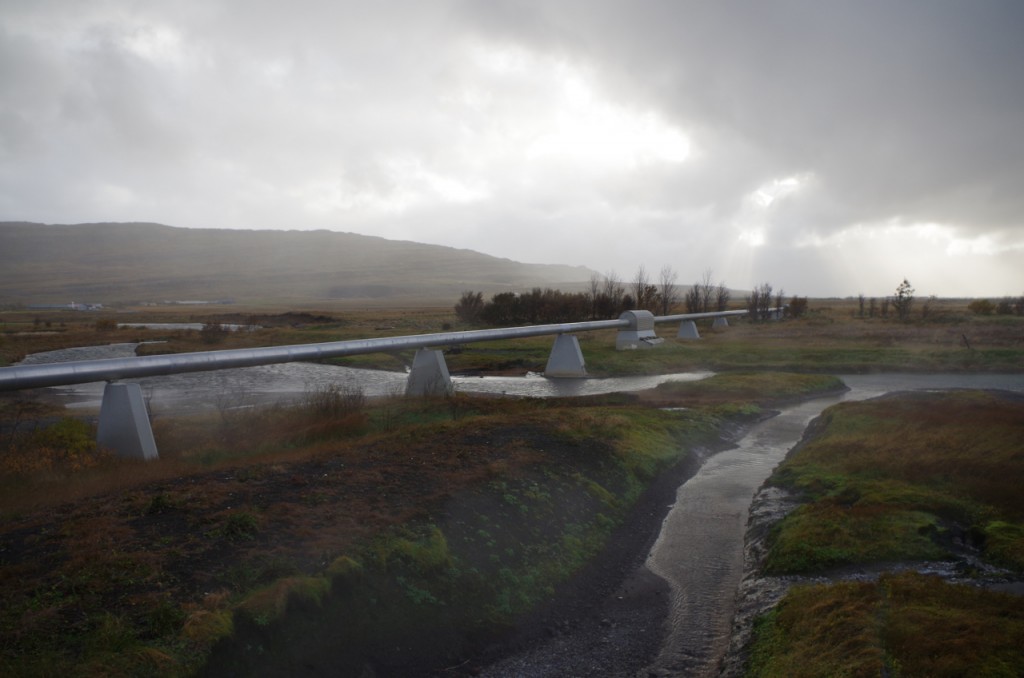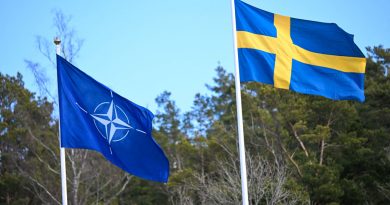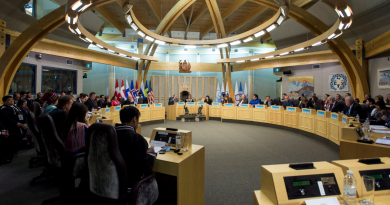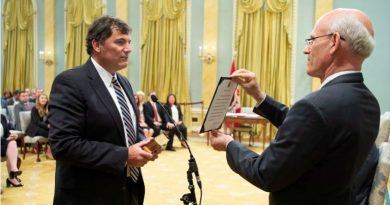Three conferences in one week propel Iceland to center of Arctic discussions
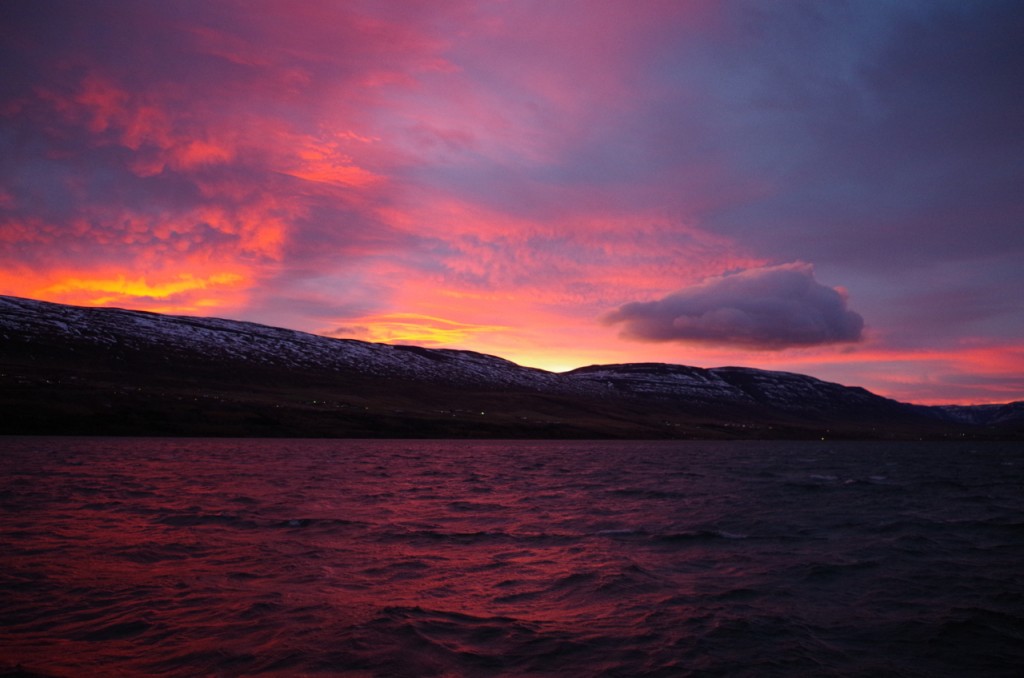
Under the guidance of President Ólafur Grímsson, Iceland has strived to position itself as a new geopolitical center for the Arctic.
While only a tiny portion of the country, the island of Grimsey, sits above the Arctic Circle, that hasn’t stopped it from claiming Arctic coastal statehood. With lots of shipping activity, plans to build a new port in Finna Fjord, in the northeast, and the coming exploration of oil in the Dreki area, Iceland’s maritime and offshore sectors are undoubtedly on the rise.
Complementing this country’s rising commercial profile in the Arctic were three conferences held on the North Atlantic island nation: the Arctic Energy Summit and Polar Law Symposium, both in Akureyri, and the Arctic Circle – a gathering of over 900 people in Reykjavik. I had the opportunity to attend the Arctic Energy Summit and Arctic Circle meetings, which I’ll write more about in the coming days. For now, here are my first impressions.
Perhaps best epitomizing the spirit of all of these conferences, Dr. Anthony Hodge, President of the International Council on Mining and Metals, remarked at the Arctic Circle: “The solutions we need come from the periphery, not the center….The periphery faces real problems with real people under extreme conditions and must find solutions that the center only finds out about later.” Indigenous peoples, politicians, academics, industry leaders, diplomats, and non-profits all came together to talk about the Arctic in a civil and open forum. One of the most symbolic and poignant moments of the Arctic Circle was when Greenpeace’s International Executive Director, Kumi Naidoo, went up to the microphone during the open question-and-answer session with Artur Chilingarov, a Russian polar explorer and President Vladimir Putin’s Special Representative for international cooperation in the Arctic and Antarctic. Nowadays, Chilingarov is best known for helping plant a Russian flag on the seabed under the North Pole in 2007. With a Sami woman next to him, Naidoo declared that “What happens in the Arctic doesn’t stay in the Arctic,” a comment exemplified by the many speeches given by Singaporean, Chinese, Korean, German, and French delegates, among others. Naidoo didn’t stop there, however. He implored Chilingarov and the conference attendees to agree with Putin and himself that the 30 detained members of the MV Arctic Sunrise – 28 activists and two journalists – “are not pirates, that they were acting in the public interest, and that they should be released immediately.”

Chilingarov, ever Putin’s special envoy, deftly responded with a metaphor. He noted, “There are platforms where you can discuss the Arctic.” The recent Third International Arctic Forum in Salekhard, Russia is one of them, as is Arctic Circle. The Prirazlomnaya oil platform in the Pechora Sea, where the Russians arrested the activists, is not. Chilingarov’s comment, and the Regional Court of Murmansk’s decision to reject bail for two activists and one photographer, illustrates the clearly delineated way in which many in the Russian government seem to view Arctic affairs. Even though Putin said the activists were “not pirates,” “they had violated international law.” The law is the law, and in his eyes, the activists broke it.
Contrasting with the black and white way in which Putin paints his country’s application of international law to governance of their Arctic region, an overarching theme of both the Arctic Energy Summit and the Arctic Circle was that the rules of the north are actually still too undefined. This lack of clarity is damaging to shipping, industry, and the environment alike. Shipping companies are still awaiting the much-delayed Polar Code from the International Maritime Organization. Oil and gas companies are hesitant to explore in places like Alaska when bureaucracies are constantly being reorganized and reshuffled. And when the two of the Arctic’s chief commercial activities are inadequately managed, that makes it difficult for stakeholders from indigenous peoples to governments to environmentalists to determine where exactly their efforts are best placed to sustain the region’s environment.
I have many more topics from the two conferences to cover this week. For now, I’ll leave you with a picture I took during the excellent energy tour organized by the Arctic Energy Summit to bring attendees from Akureyri to the Arctic Circle in Reykjavik. The pipeline transmits not oil or gas, but actually hot water. It’s the longest geothermal pipeline in the world, measuring some 63 kilometers as it brings hot water from Deildartunga hot springs to the storage tank at Akranes on Iceland’s west coast. During the tour, we also saw a hydropower and biofuel plants, reminding us that although the Arctic is full of oil and gas, there is an alternative way, too. The road to renewables is something we should emphasize just as much as hydrocarbons in discussions about the region’s future- if not more.
